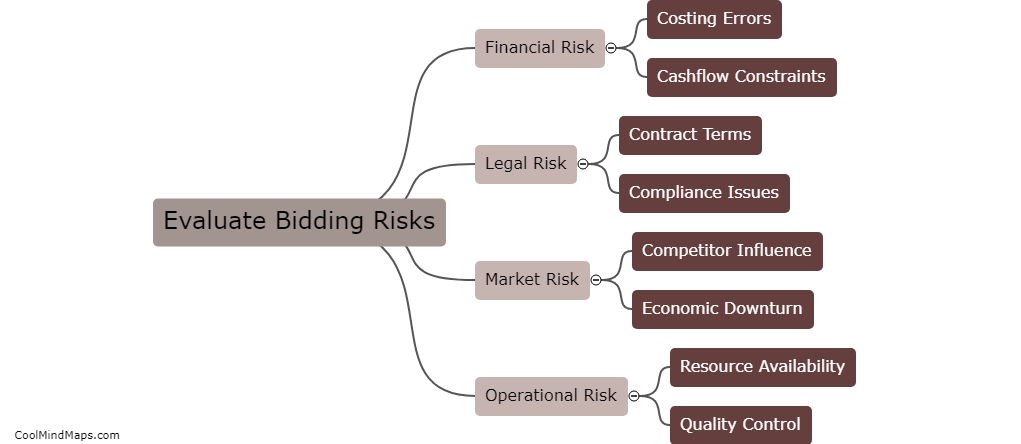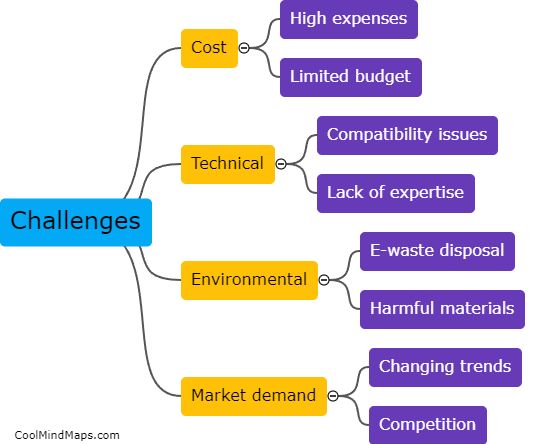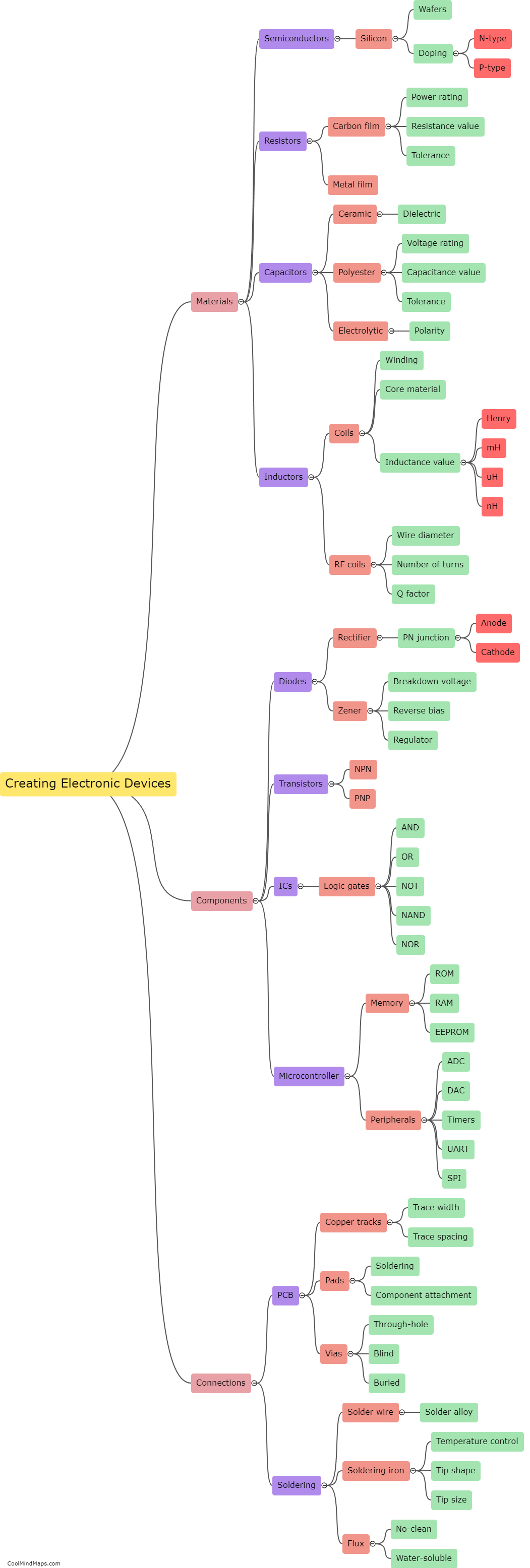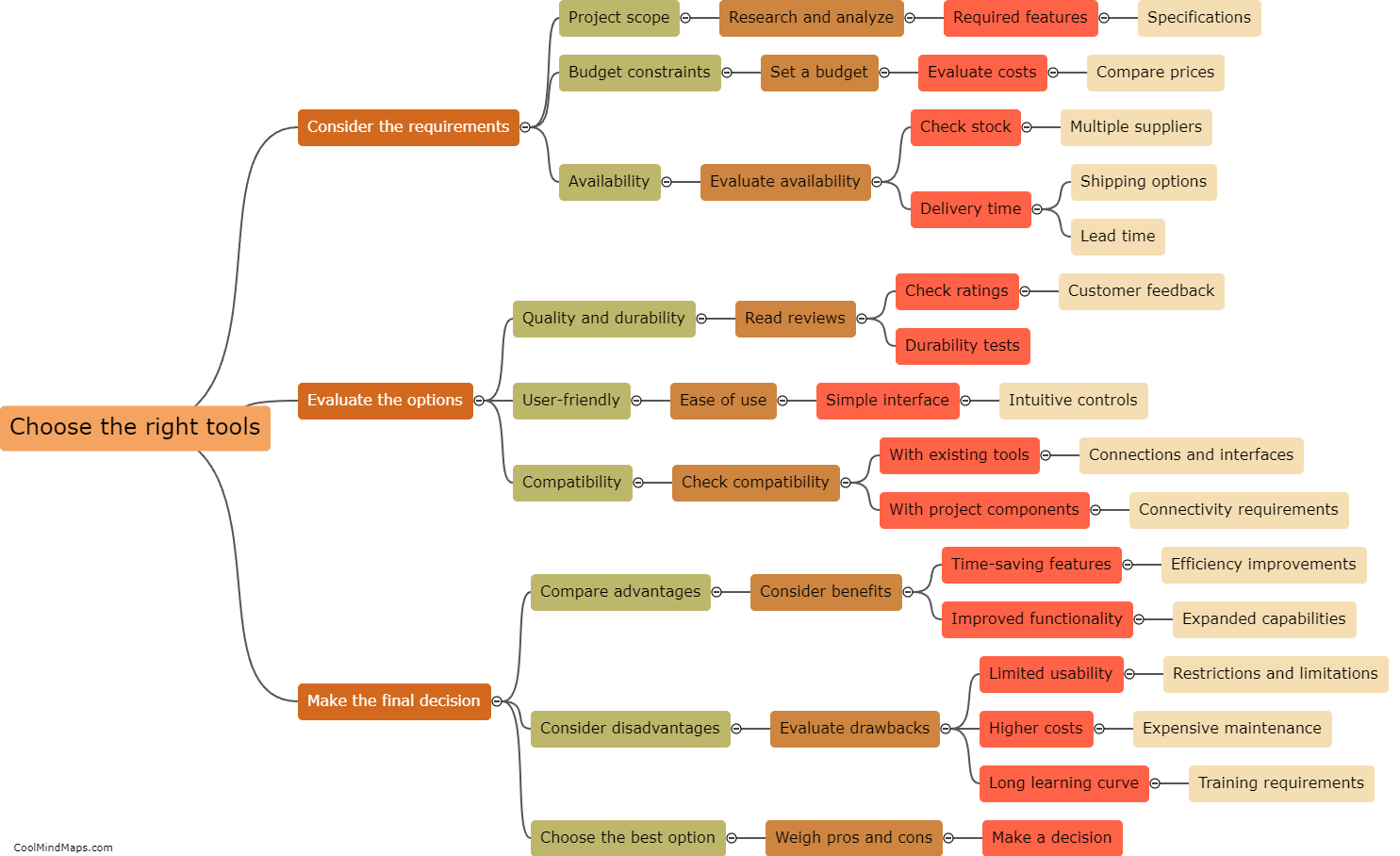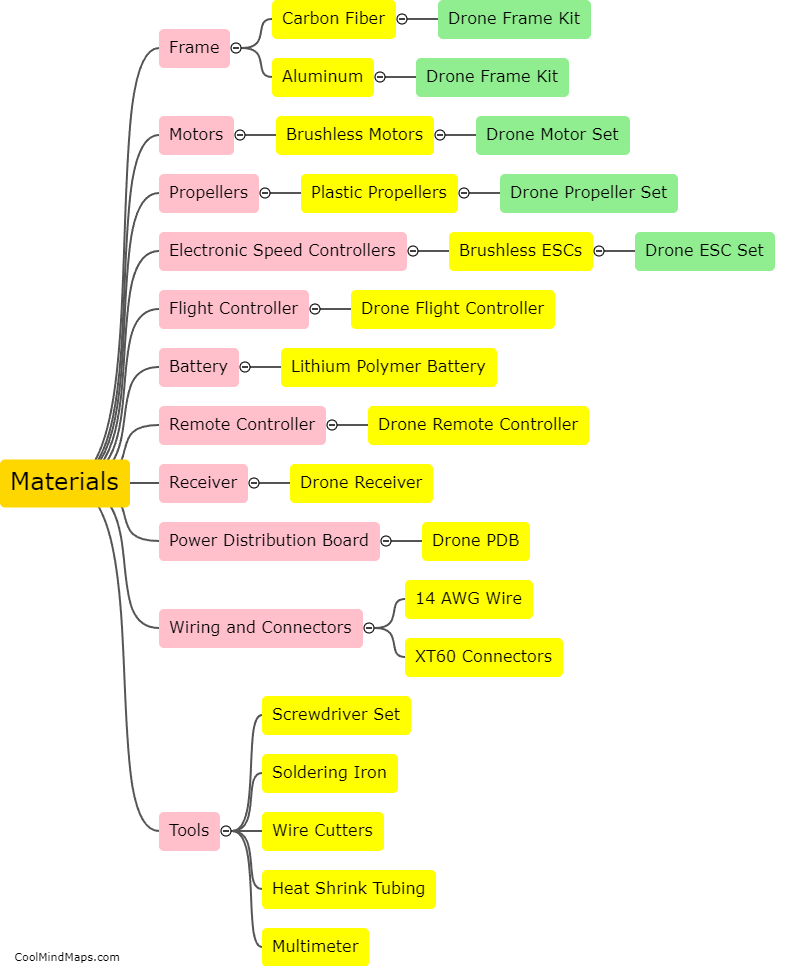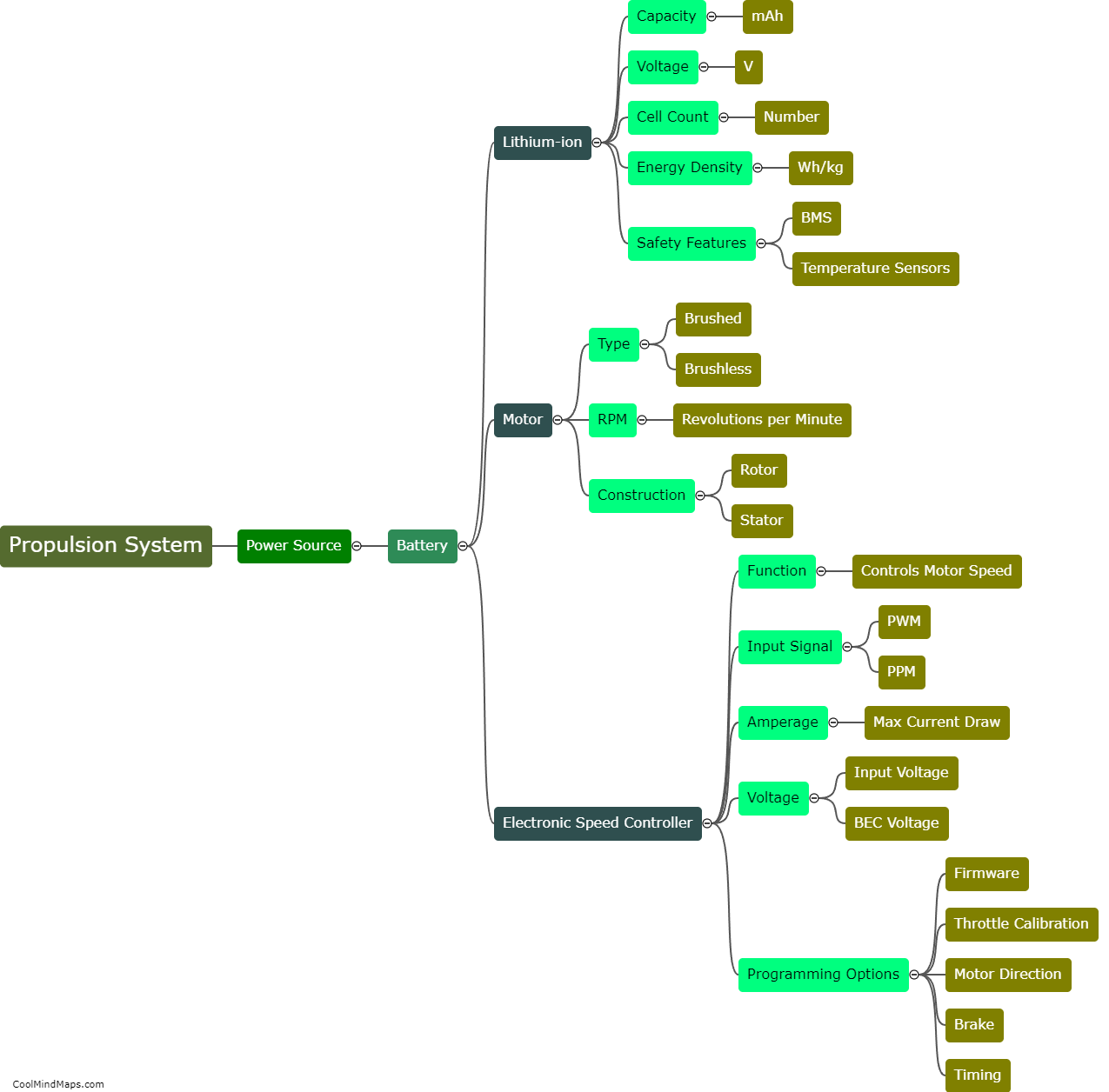What are the key steps in designing and prototyping electronic devices?
The key steps in designing and prototyping electronic devices involve several stages aimed at transforming a concept into a functional product. The first step is to clearly define the objectives and requirements of the device. This includes determining its purpose, functionality, and target audience. Next, the design phase begins, where engineers and designers create a detailed schematic diagram and layout for the device. This involves selecting the necessary components, such as microprocessors, sensors, and connectors. Once the design is finalized, a prototype is developed. This involves assembling the components, testing the functionality, and conducting various tests to ensure that the device meets the desired specifications. The prototype is then refined based on test results and feedback from stakeholders. The final step includes production planning, where design files and specifications are handed over to manufacturers for mass production. Throughout the entire process, collaboration, iteration, and continuous testing play significant roles in refining and perfecting the electronic device.
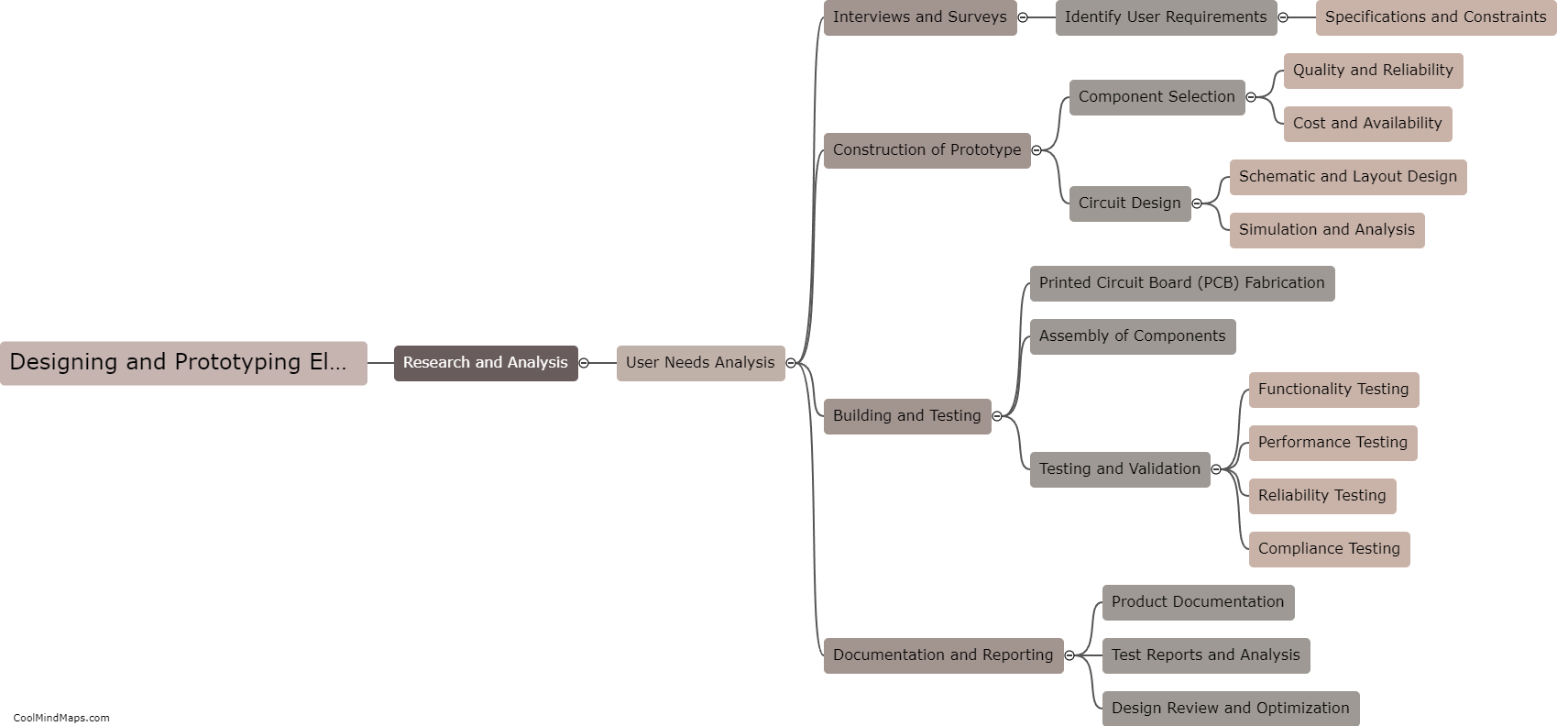
This mind map was published on 5 October 2023 and has been viewed 90 times.

